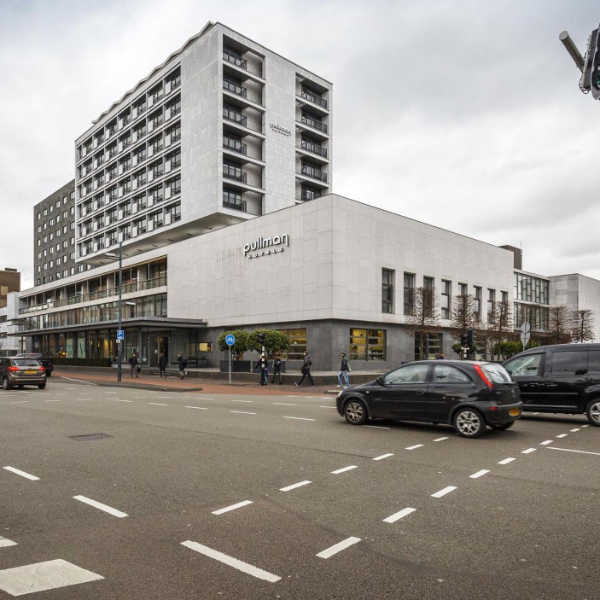Traffic artery Vestdijk Eindhoven

Traffic artery Vestdijk Eindhoven
The Vestdijk in Eindhoven is an important traffic artery that runs through the centre of Eindhoven. It connects the city with the rest of the region. The layout of the current road infrastructure no longer meets the current air quality standards. In addition, it does not fit in with the future vision developed for the city centre. Complex choices are necessary to arrive at a new traffic situation. In view of the many stakeholders; residents, businesses and visitors, attention is being paid in an innovative way to the exchange of information about the project.
A new form of digital stakeholders consultation has been applied to the modifications around the Vestdijk artery. This gives all parties involved a chance to give their opinion before decisions are finalized. To support this process, the design of the new traffic situation has been implemented in an experience-oriented website. The site provides information about the different alternatives and shows an accurate 3D impression of the new situation. In this way it enables residents, companies and other interested parties to give feedback. It supports two-way communication and in-formation can be exchanged quickly and easily. The public reactions that come in via the website are collected in a 'requirements database'. This database is the starting point for the further design process.
"Stakeholders kunnen met behulp van VRtechnieken de gehele nieuwe Vestdijk driedimensionaal beleven en vanuit een zelf gekozen perspectief inzicht krijgen in de impact van voorgenomen maatregelen."
VR Model
Pieter-Bas de Visser is the project leader who oversaw the development of the website and its virtual reality (VR) model. ‘Residents, business owners and visitors see a very accurate 3D impression of the new situation, which can be viewed from all angles. They can then appreciate the likely impact of the proposals and can offer their feedback. This new form of digital stakeholder consultation supports two-way communication and allows information to be exchanged quickly and easily.’
Added Value
The public responses submitted through the website are collated in a ‘requirements database’ which forms the starting point of the design process. ‘Because the website has a direct interface with our design systems, we are able to adapt the online presentation to incorporate stakeholders’ comments and suggestions,’ states Edgar. ‘We have far more input than we could possibly obtain during a traditional consultation meeting, and we can act upon it more quickly. This allows us to substantiate our recommendations. Because so many stakeholders have had their say, the project is likely to enjoy broader support. The municipal authority’s original objective was to improve air quality and the quality of the human environment for local residents. However, the online consultation revealed that water management is also a major consideration for many people. The project terms of reference were therefore broadened. The structured process, with a direct coupling of requirements and objectives at an early stage, results in a far clearer picture of what the project must set out to achieve. The designers then have a specific framework within which to develop the various concepts. This has added value for all concerned.’
As Pieter-Bas adds, ‘In the past, the information gathered for this type of project did not always address the problems that stakeholders were experiencing in practice. This is bound to happen if you can only reach out to a limited number of stakeholders. Consultation meetings are often poorly attended. Our online platform for Vestdijk demonstrates that we now understand the integrated process of consultation and design far better. That is an excellent outcome.’
Interactive
Edgar and Pieter-Bas are pleased with the results. ‘This project has not only drawn on our technical expertise and our consultancy skills, but also focused on allowing stakeholders to truly experience the future situation in a 3D environment. We intend to use virtual reality as a regular component of our public consultation processes in future. An interactive website allows us to engage with all stakeholders and conduct a direct discussion about the impact of our designs and solutions. Those solutions will of course be based on sound technical expertise. More dynamic images and fewer long reports: this is how we are continually working on maximising value for our clients.’
More information?

Our projects
Every year we work on almost 5,000 projects on water, infrastructure, environment and construction.
